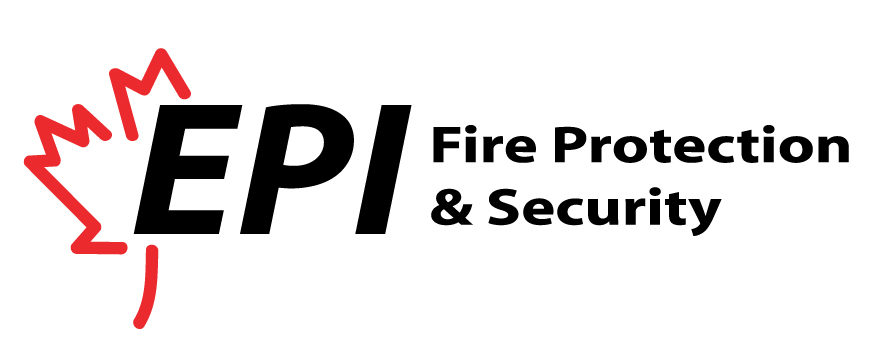What does a property or facility manager need to know about extinguishers? A few quick facts:
- Extinguishers that have not been discharged and are in otherwise good condition need to be serviced every six years.
- A hydrostatic test and a six-year maintenance is required every 12 years.
- Extinguishers made before 1982 are obsolete and do not pass code requirements.
- While many Canadians know how to operate a fire extinguisher, there are still an overwhelming number of people who’ve never learned.
One helpful tool to follow is the P-A-S-S method:
Pull the pin in the handle
Aim the nozzle at the centre of the fire
Squeeze the lever carefully and slowly
Sweep from side to side at the base of the fire
To use a fire extinguisher, stand 1.8 meters (6 feet) away from the fire for your safety. Follow the P-A-S-S technique.
→ iOS https://t.co/DQPNqrGH9e
→ Android https://t.co/CovRYfZF9ZP – Pull the pin. pic.twitter.com/Xtynfufk7z
— Emergency Survival (@prep_guide) January 13, 2018
Fire extinguishers are a necessary part of proper fire safety, and are mandatory in every building across Ontario. To know what type of fire extinguisher your building requires, it’s important to know what options are available and what types of fire extinguishers there are.
Types of Fire Extinguishers
Fire extinguishers are categorized by class, and vary depending on the size and nature of the fire.
Class A: Used for fires started by ordinary combustible items like paper, wood, trash, plastic, fabrics, etc.
Class B: Used for flammable liquids and glasses like gasoline, petroleum oil, diesel, etc.
Class C: Used for gaseous fires like propane or butane.
Class D: Specialized extinguisher used for fires involving combustible metals like sodium, magnesium or potassium.
Class F: Also a specialized extinguisher, this one used for fires involving cooking oils and/or deep fat fryers.
Electrical Extinguisher: Used on electrical fires or on fires started with flammable liquids.
There are four types of fire extinguishers:
- Water: Used only on Class A fires.
- Dry Powder: Used for Class A, Class B, Class C and electrical fires. Smothers the fire, removes oxygen, and changes the fire’s chemical composition.
- Carbon Dioxide: Used primarily on electrical fires but also used on flammable liquid fires. These types of extinguishers displace oxygen until the flame is no longer sustainable.
- Foam: Used only on Class A or Class B fires. These extinguishers are water-based but also have an added feature that removes oxygen and causes fast cooling.
For more information about fire extinguishers, call EPI Fire Protection Inc. today at (416) 746-2225!
